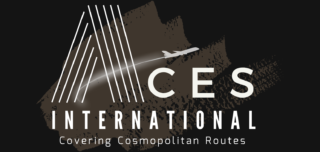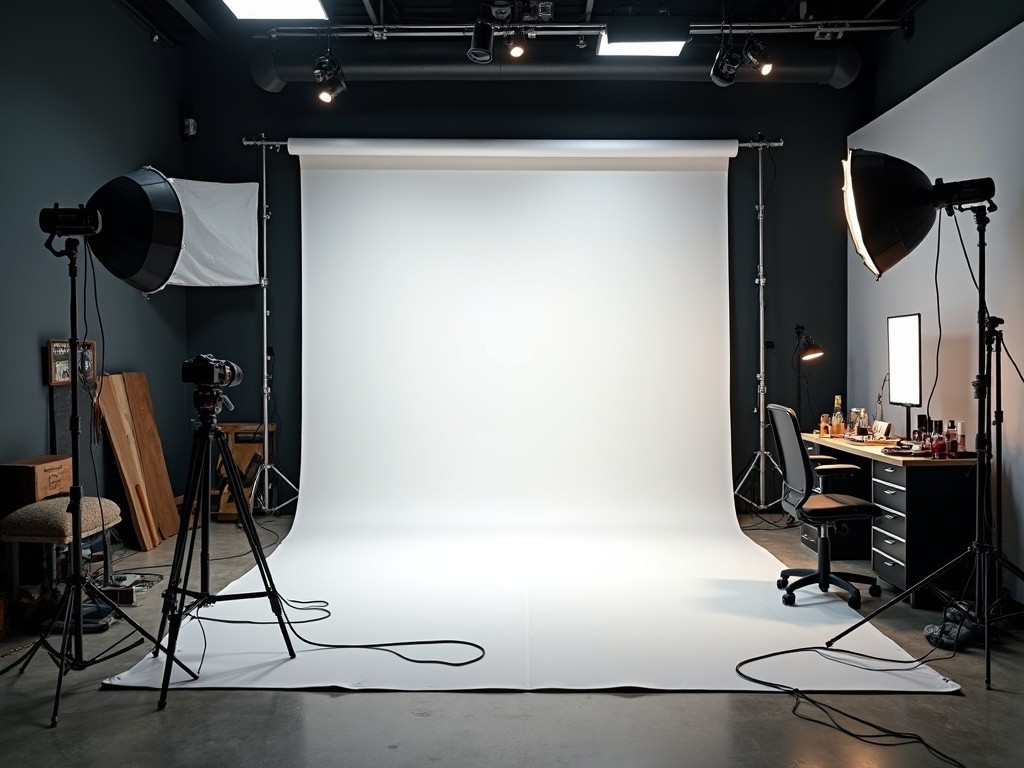You finish a shoot. You breathe out. Everything seemed to go fine—no broken gear, no weird lighting, no one showed up late. You think to yourself, “Nice. I’m done.”
But here’s the thing no one tells you at the start: a shoot doesn’t end when the last picture is taken. That’s just one part. After the shoot is over, all kinds of things can still go wrong. Not just with the client—but with the photos, your gear, your schedule, and your brain. And if you’re not ready for that, the stress sneaks up fast.
Most Problems Don’t Happen During the Shoot
During the actual shoot, you’re focused. You’re thinking about angles, lighting, making people feel comfortable. You’re paying attention. That’s when you feel in control.
After the shoot? Not so much.
That’s when your hard drive fills up. Or your memory card doesn’t read. Or your laptop freezes halfway through editing. Or your client emails and says they were expecting 50 photos when you only planned for 30.
These are the kinds of problems that can hit after you think you’re done. And sometimes, they’re harder to fix than anything that happens during the shoot itself.
Files Fail More Often Than You’d Think
One of the worst feelings is when your gear seems fine—but your files aren’t. You get home, sit down, and go to import the images. But half the files are corrupted. Or the folder didn’t save. Or you realize you shot in the wrong format for what the client asked for.
None of this is fun to talk about, but it happens more often than you’d guess. Even experienced photographers deal with it.
That’s why a lot of people set up habits like backing up files right away, uploading photos to cloud storage before editing, or keeping extra copies during the export process. And if you’re working with expensive gear or doing client jobs often, it helps to have a backup plan for your equipment too—like looking into photography insurance that covers stuff beyond just camera damage. Because when something breaks or files go missing, having that extra protection can really save you.
Clients Don’t Always Know What They Want
Another post-shoot surprise is this: clients might say they’re happy in person, but change their minds once they see the actual photos.
Sometimes it’s about the editing style. Or the poses. Or they expected a specific shot you didn’t even know they wanted. Other times, they ask for changes that were never in the deal—like extra edits, more photos, or a totally different look.
It’s not always their fault. Some people just don’t know how to explain what they want until they see what they don’t want.
Still, it puts you in a weird spot.
This is where clear communication helps. If you talked about how many photos you’d deliver, or how long editing would take, it’s easier to remind them of what was agreed. You don’t need a 10-page contract. Even a simple message that says, “I’ll send 25 edited images by Thursday” can clear up a lot of issues later.
Delivery Isn’t Always Simple Either
You think you’re done. You’ve selected the best photos, edited everything, and you’re ready to send the files. But then:
- The upload link doesn’t work
- Your client can’t open the folder
- They want the photos in a different format
- They never reply after you send them
- Or, they reply two weeks later asking if you can re-edit something “real quick”
Delivery stuff sounds easy, but it’s often where things get messy. You’re juggling file sizes, client deadlines, and weird questions all while trying to move on to your next project.
Having a delivery routine helps here. Set a deadline for when you’ll deliver. Let them know how to download the files. Keep the folder available for a certain time, and make it clear when edits are considered “extra.” Clients aren’t trying to be difficult—most just don’t know what’s normal. You have to teach them by setting the tone.
Your Brain Doesn’t Always Turn Off Either
Even when the client’s happy and the files are delivered, your brain might still be stuck in work mode.
You start second-guessing the color grading. Or you worry they’ll find something wrong later. Or you’re too drained to even start the next job, because the last one took more out of you than you expected.
This happens when you don’t build time to rest or reset. When you’re your own boss, you forget that breaks are part of the job. But if you’re working nonstop, thinking about every tiny thing, and feeling anxious after every job, burnout hits hard.
After a shoot, give yourself permission to slow down—even if just for a day. Do something that doesn’t involve editing. Step away from your computer. You’re allowed to pause without feeling lazy.
Set Boundaries While You’re Still Learning
It might feel weird to set rules for clients when you’re not a full-time pro. Like, “Who am I to ask for clear deadlines or define how many edits I’ll do?”
But here’s the thing: if you don’t set those rules, people will make them up for you. And most of the time, their version makes your life harder.
So be clear. Be kind. Be honest. Let them know what you’re offering and what happens if plans change. This doesn’t make you bossy—it makes you trustworthy.
Clients want to know what to expect. The better your boundaries, the smoother your work feels.
Every Job Teaches You Something
The truth is, every shoot—good or bad—teaches you something about what to do next time.
If a file went missing, maybe you’ll double-backup next time.
If a client was unclear, maybe you’ll ask more questions upfront.
If your camera acted up mid-shoot, maybe you’ll finally bring that second body with you next time.
These lessons don’t mean you failed. They mean you’re paying attention.
Getting better doesn’t just mean better photos—it also means fewer headaches. And that comes from being ready after the camera turns off, not just during the job.
What You Should Take Away
The shoot might feel like the main event—but what happens after it can cause the most stress if you’re not careful.
From lost files to mixed-up client feedback to gear issues you didn’t notice in the moment, post-shoot problems are real. And they’re often the reason someone doesn’t call you back, even if the pictures were good.
The good news? You can avoid most of that with simple habits. Back up your files. Set clear delivery expectations. Protect your gear. Rest when you’re done.
You’re not just a photographer. You’re running a one-person business—even if it’s part-time. And the more you treat it that way, the smoother everything gets.

